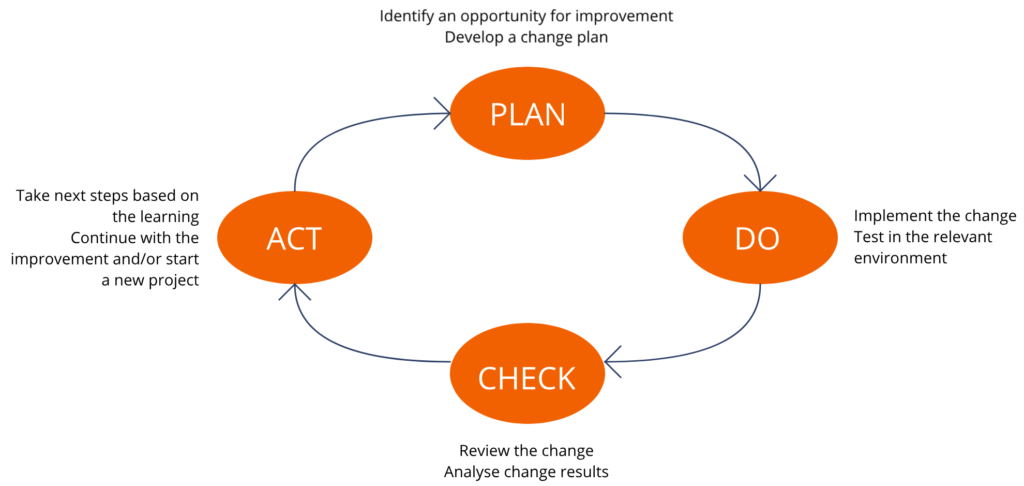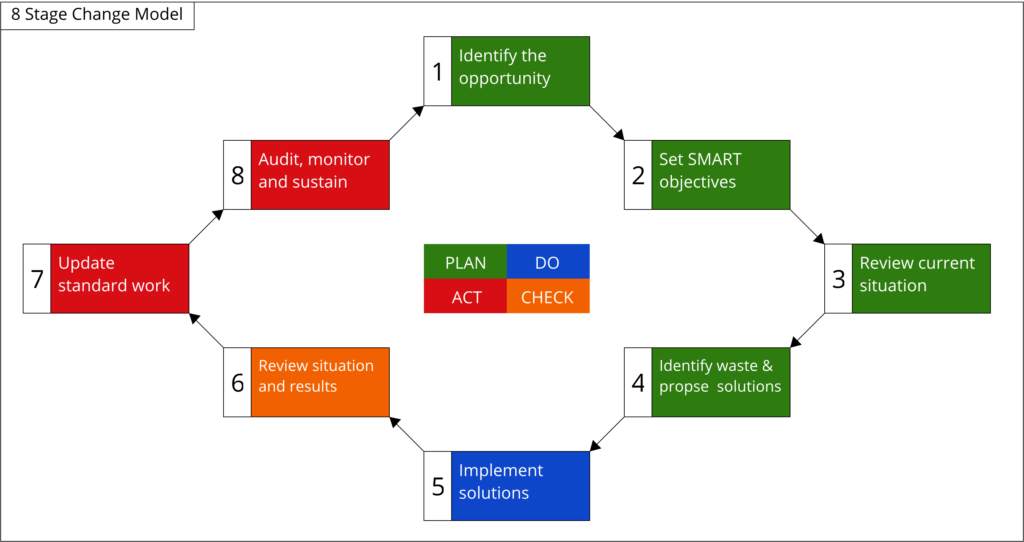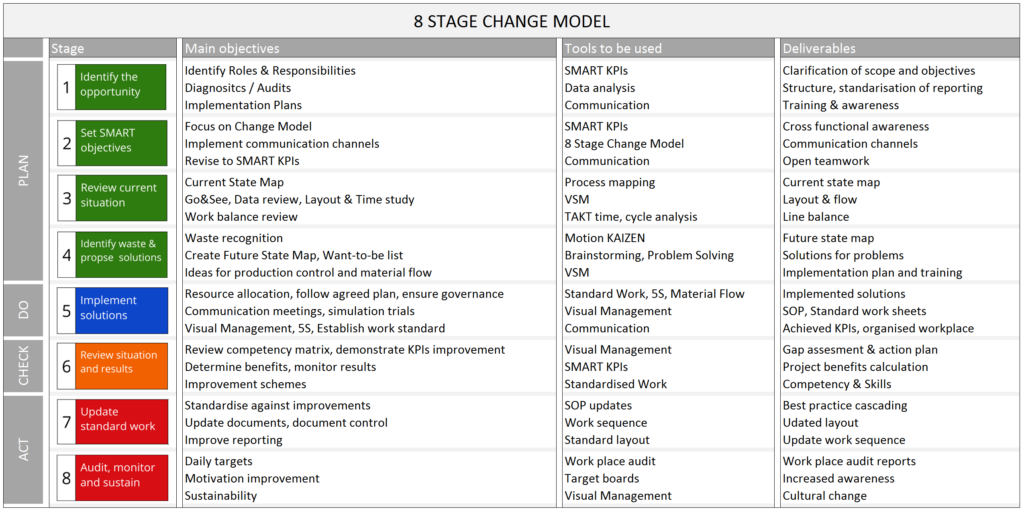Change management is one of the biggest challenges in the business. Many factors are contributing to potential success or failure. It requires skill and experience to maximise the upsides while managing drawbacks. Today I will show you how to apply Change Management to Quality Assurance.
Change Management supports QA
Quality Assurance in the XXI century business environments cannot exist without Change Management. Manufacturing methods, process automation, supply chain etc. are changing rapidly. People who win are the ones who can adapt to the changing environment and deliver on time and the budget without compromising quality.
What are the benefits of successful change management?
- Business can respond to a changing market
- Quality standards are sustained
- Customer expectations are met
- Cost of poor quality is reduced
2 ingredients of successful change management
There is no need to overcomplicate change management in quality assurance. To be honest, all tools and techniques are readily available. I can guarantee that you will find all info online and for free. Browsing can be frustrating considering that most of the results will take you to consultancy websites and training. However, you wouldn’t be reading this post if you gave in too quickly. Well done!
Plan do check act
Everything has already been said about the PDCA cycle so it would be counterproductive to describe it here again. I respect your time. For those in need a quick snapshot below.

8 Stage change model by J. Kotter
Here are the exact eight steps of change management taken from Kotter’s “Leading Change” book.
- Establish a sense of urgency
- Create the guiding coalition
- Develop a vision and strategy
- Communicate the change vision
- Empower broad-based action
- Generate short-term wins
- Consolidate gains and produce more wins
- Anchor new approaches in the culture
By the way – if you haven’t read “Leading Change” by John Kotter then I suggest you make it your priority. It’s a mandatory piece of literature for people who want to excel in Operations (that includes Quality obviously).
The key to successful change management in manufacturing is to combine PDCA with the principle of the 8 Stage Change Model.
Now, as easy as it may sound some due diligence and more in-depth analysis is required for the new model to work. Fortunately, if you focus on the high-level structure, then the introduction of the change management model should be relatively straightforward.
The eight-step process presented below can be implemented in any manufacturing or service orientated company. It’s easy to explain at all levels of skills and competency. Each step can be customised to reflect business needs. It takes the best practices from PDCA and Kotter’s Change Management.

The 8 Step Change Model will only work if three crucial components of the process are defined:
- Main objectives
- Tools to be used
- Deliverables

If you want to start using the 8 Stage Change Management model now, please click the link below and visit the Premium Library where I have uploaded the complete 8 Stage Change Model template. As always, You are welcome to download your FREE copy.



19 Comments
Leave your reply.